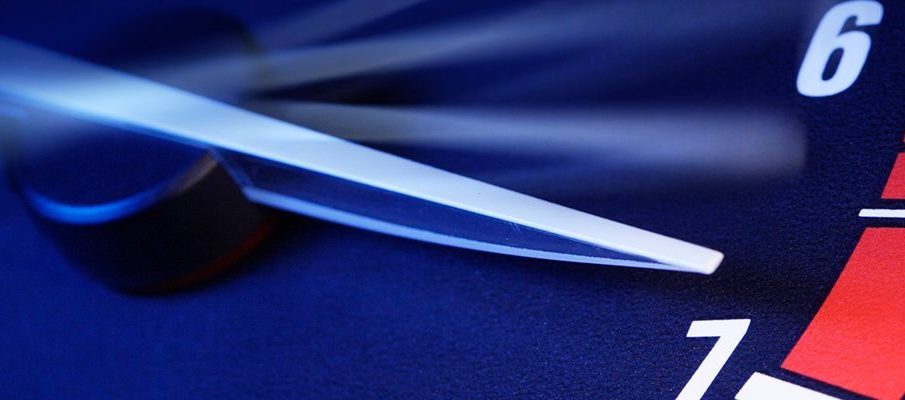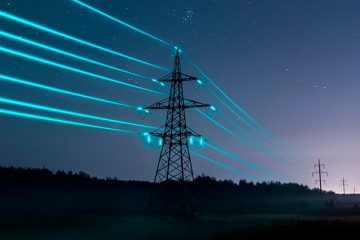Podcast: SSD for high performance, but HDD suits ‘warm’ workloads

In this podcast, we talk to Axel Stoermann, Kioxia’s vice-president and chief technology officer for memory and solid-state disk (SSD) products in Europe, about energy efficiency in flash storage hard disk drives (HDDs).
Stoermann outlines why HDDs still rule the roost for data where access requirements aren’t so pressing, but how flash storage is king for low-latency workloads.
He talks about how PCIe 6 has pushed throughput to new heights and how future generations of SSDs can achieve greater performance and improved form factors.
How much more energy efficient is flash storage than spinning disk hard drives, and why is that?
I would say it depends. SSD is very efficient and sustainable, per se.
And focusing on scale, performance or power and endurance, it is really the future after HDD as the most popular storage subsystem.
SSD is growing and further developing. So after HDD and SATA, with around 300MBps throughput performance, we are now talking about PCIe 5 or 6 [throughput of 256GBps for the latter].
Coming back to the question – how energy efficient is SSD? – we can say this really depends on the use case. We have different categories of storage – cold storage, warm storage, hot storage – and here the requirements are very different.
Today, in datacentres or in hyperscalers, more than 80% of drives are HDD. So, SSD is nowhere near 100% replacing traditional technologies. However, we can see there is a need for higher performance, higher scale and better form factors, and more efficiency in terms of [space].
All this is driving new technologies, and there is definitely a need for efficiency and capabilities to create efficiency on SSD.
How much more energy efficient is flash storage than spinning disk?
Spinning disk consists of mechanical equipment, where we have a lot of mechanical [components] and also mechanical momentum. On the other hand, SSD is silicon. It is based on flash technology, and this is a big differentiator.
A hard disk can be spinning up or in sustained spin while reading and writing, or in hibernation or low power mode. Here we have a lot more power consumption than on SSDs. On SSDs, you don’t need to spin up or spin like rotating disks, so the efficiency can be handled in a different way.
Flash technology is creating efficiency in terms of better form factors and also integration of much higher scaling and better performance, as mentioned with PCIe 5 and 6.
Market requirements and system requirements can be covered by SSD much better than on HDDs, for example, operating or close to GPUs [graphics processing units] or AI [artificial intelligence] cores during training and inferencing.
And SSD can create a lot of efficiency. On the other hand, the HDD is definitely the technology of choice for warm storage, where it can bring the best cost performance.
Can flash storage become more efficient than it is now, and how would that happen?
As already mentioned, the big difference between HDDs and SSDs is the implementation of storage on silicon. We started in the mid-1980s with NAND flash, and now we are at a 3D NAND architecture, which is called BICS in [Kioxia].
It is moving through the generations, and now we are at generation 8, where we stack more than 200 layers on the silicon to get higher scaling, higher performance and better power efficiency. For example, if we talk about generation 6 and compare it with today’s generation 8, then we have around an 80% higher interface speed.
We also have improvements on latency. Latencies are lower by 10- 20% than the previous generation. We have higher write performance, which is more than 200MBps.
Then we also have better power efficiency, calculated in GBps per watt. So, here the technology is driving efficiency and our core technology is flash.
We have further developments in mind. We will do further stacking. We will improve power consumption in future. And we are already working on generations 9 and 10.
What’s coming in the next generations?
We see storage and storage efficiency as hybrid. So, we see still HDD as one of the big storage areas for keeping media data and stuff. On the other hand, SSD, as a fast, silent and sustainable technology, we see growing further in AI and AI datacentres. Also with the migration to high-performance endpoints in automation in industry.
We see that SSD technology is further developing, and here, the key parameters are high performance to support AI training and inferencing or better form factors. Also, support for better cooling capabilities with new form factors like EDSSF.
For any collaboration, feel free to email us at support@ichibanelectronic.com. Thanks
Source link





















